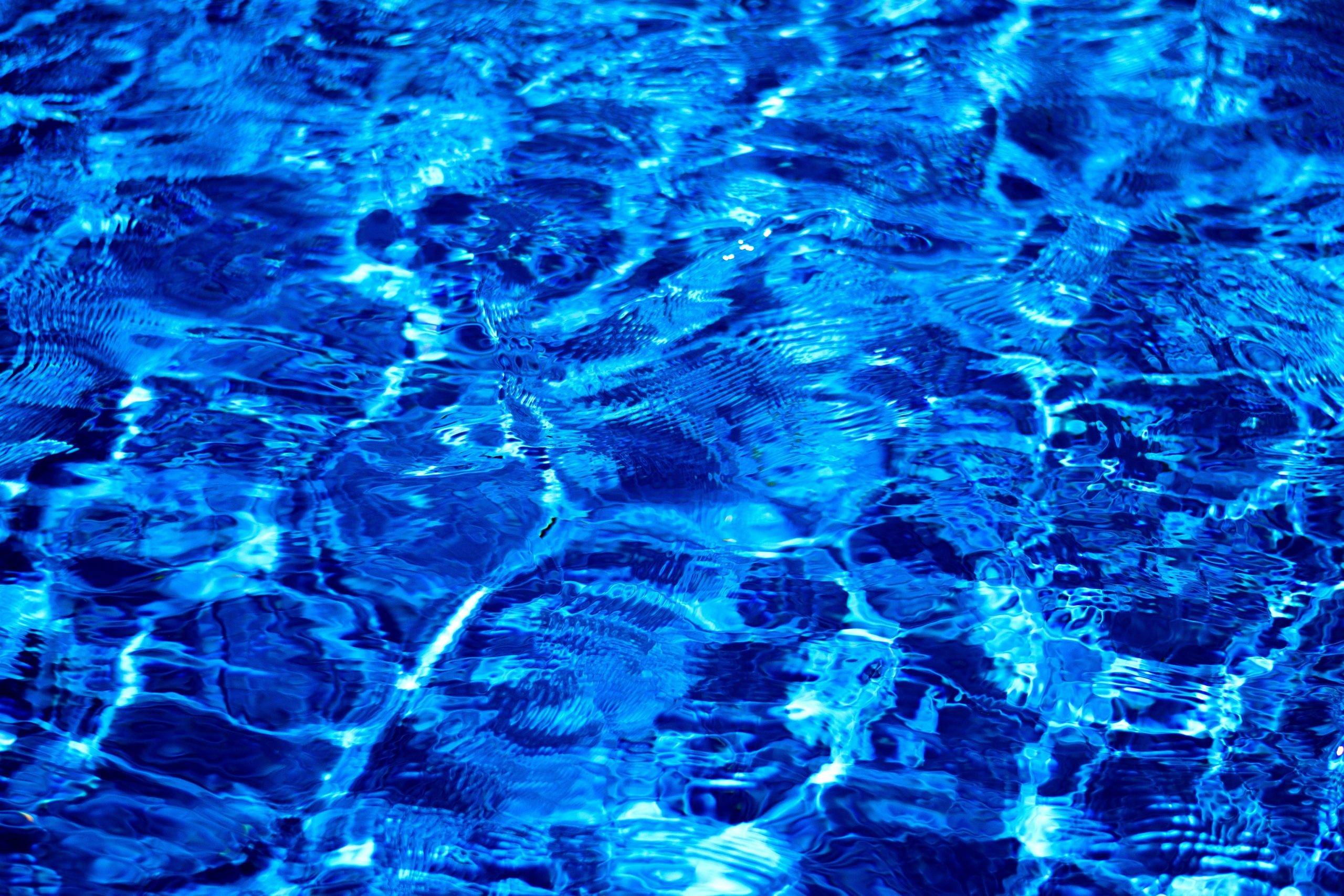Good evening,
I am underway a pool renovation. I need to run a new bond wire from niche to new pool equipment location. A previous installer (perhaps original PB) epoxied over the connection where the wire attaches to the niche. I am hesitant to attempt to break free the epoxy and risk damaging the 30 year old niche.
Is there any issue with using a split bolt bonding lug to connect the old wire to a new bond wire within the niche. New wire will run to the ground bar in the j box.
It seems to me that the niche would be bonded and the water would be bonded as well.
Thanks for your input.
I am underway a pool renovation. I need to run a new bond wire from niche to new pool equipment location. A previous installer (perhaps original PB) epoxied over the connection where the wire attaches to the niche. I am hesitant to attempt to break free the epoxy and risk damaging the 30 year old niche.
Is there any issue with using a split bolt bonding lug to connect the old wire to a new bond wire within the niche. New wire will run to the ground bar in the j box.
It seems to me that the niche would be bonded and the water would be bonded as well.
Thanks for your input.
Last edited:




